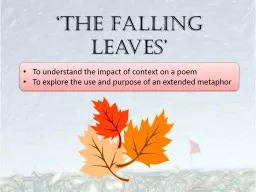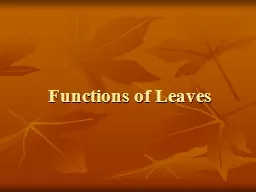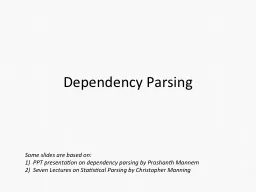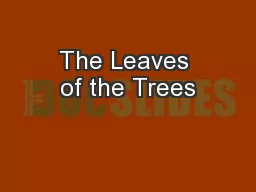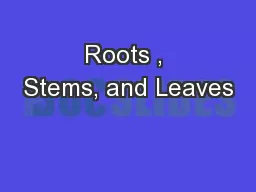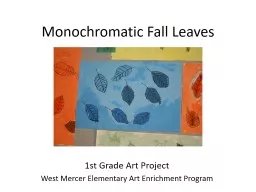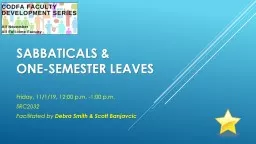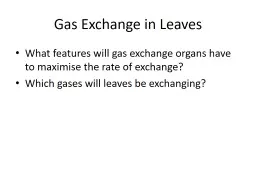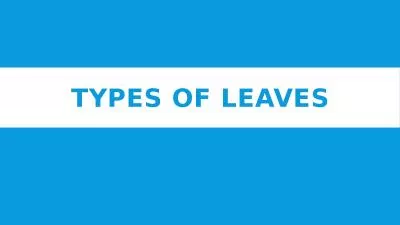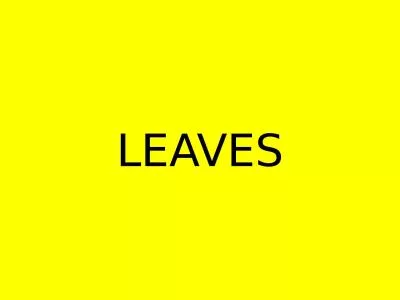PPT-‘The Falling Leaves’
Author : yoshiko-marsland | Published Date : 2018-10-29
To understand the impact of context on a poem To explore the use and purpose of an extended metaphor What is Context The background environment setting or
Presentation Embed Code
Download Presentation
Download Presentation The PPT/PDF document "‘The Falling Leaves’" is the property of its rightful owner. Permission is granted to download and print the materials on this website for personal, non-commercial use only, and to display it on your personal computer provided you do not modify the materials and that you retain all copyright notices contained in the materials. By downloading content from our website, you accept the terms of this agreement.
‘The Falling Leaves’: Transcript
Download Rules Of Document
"‘The Falling Leaves’"The content belongs to its owner. You may download and print it for personal use, without modification, and keep all copyright notices. By downloading, you agree to these terms.
Related Documents

